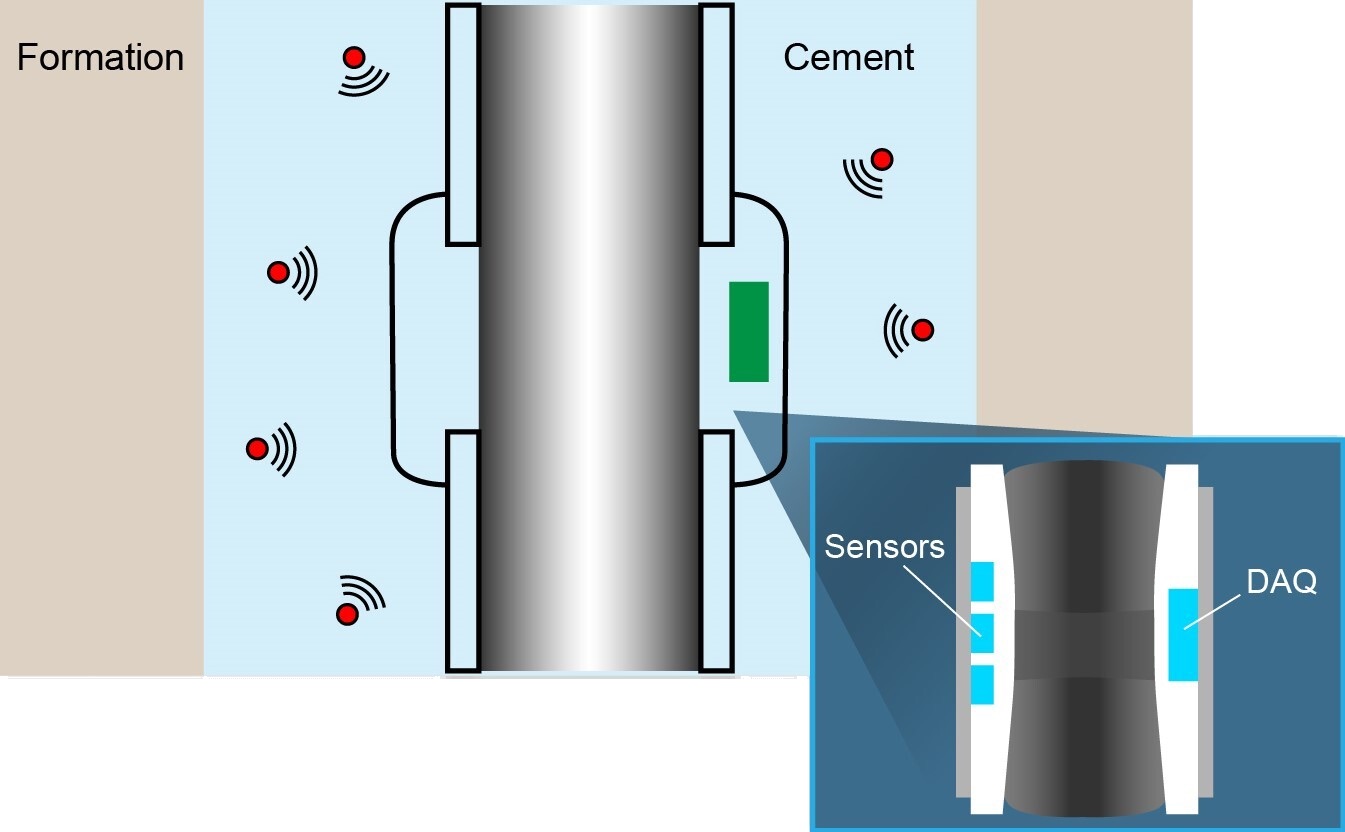Bureau of Economic Geology Awarded $3.7 Million by the U.S. Department of Energy

A 1-mm sensor on a single chip.
The Bureau of Economic Geology was recently awarded a 3-year, $3.7-million grant by the U.S. Department of Energy (DOE). The grant, titled “Casing Annulus Monitoring of CO2 Injection Using Wireless Autonomous Distributed Sensor Networks,” aims to address the DOE’s interest in obtaining real-time data to better monitor subsurface CO2 movement.
Co-principal investigators of the project, David Chapman and Mohsen Ahmadian, will develop and integrate wireless autonomous microsensor technology from the California Institute of Technology, sensor packaging and emplacement technology from the Research Triangle Institute, and smart well-completion technology (wireless active casing collars and wired pipe) from Sandia National Laboratories. The project’s goals include successfully conducting a fully integrated field-laboratory validation of an integrated distributed wireless intelligent sensor system at the Bureau’s Intermediate Scale Field Test Lab in Devine, Texas.
Microsensors will be deployed within a well-casing annulus without casing perforation, wires, or cables for installation, power supply, or data transmission. The funded project will optimize a wireless solid-state sensor system to continuously measure CO2, pH, temperature, and methane within the high-pressure, high-temperature environment in the casing annulus. The sensors can improve reservoir and above-zone monitoring for the expected lifetime of the well. The millimeter-scale “sensors on a chip,” developed by the Bureau’s Advanced Energy Consortium (AEC) over the past 8 years, enable autonomous, transformational near-wellbore reservoir monitoring in the casing annular space. These sensors consist of autonomous microelectronic radio-frequency tag circuits with memory and antenna which have been microfabricated on sensor chips. The sensor chips can be wirelessly addressed and inductively powered with smart casing collars containing routers which communicate to the surface. The collars complete an intelligent, integrated real-time monitoring system.

Smart casing collar